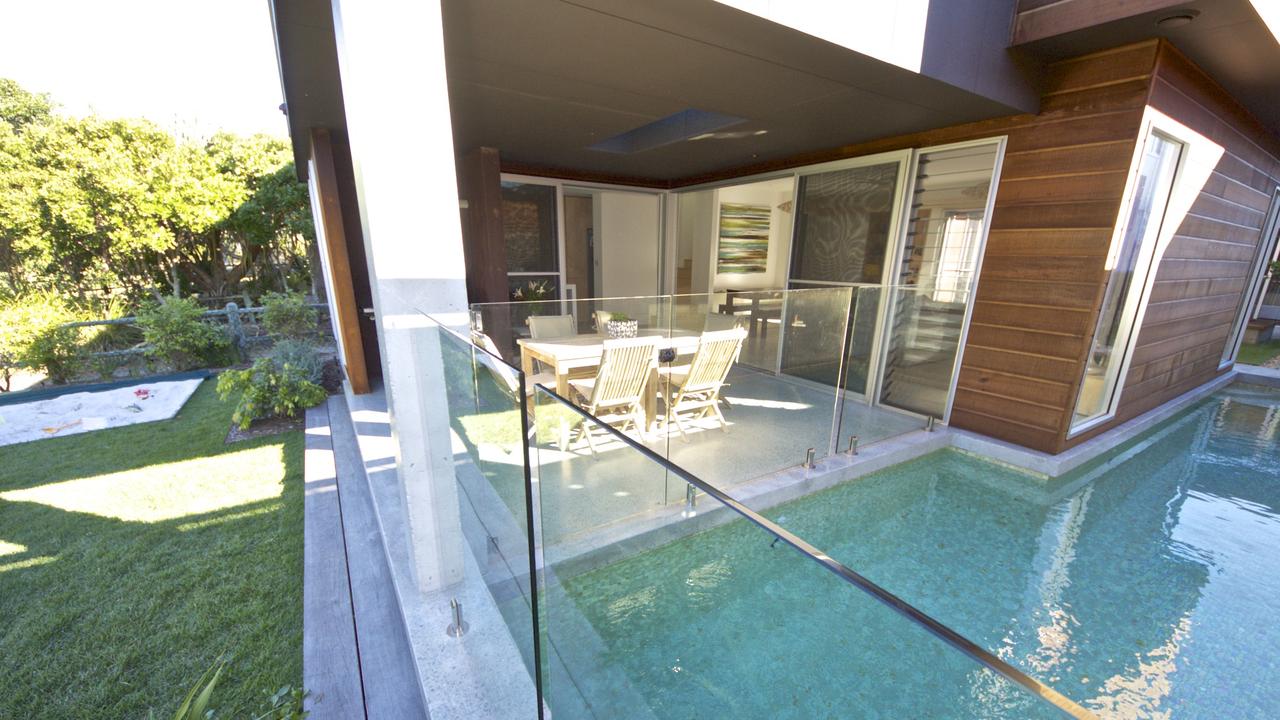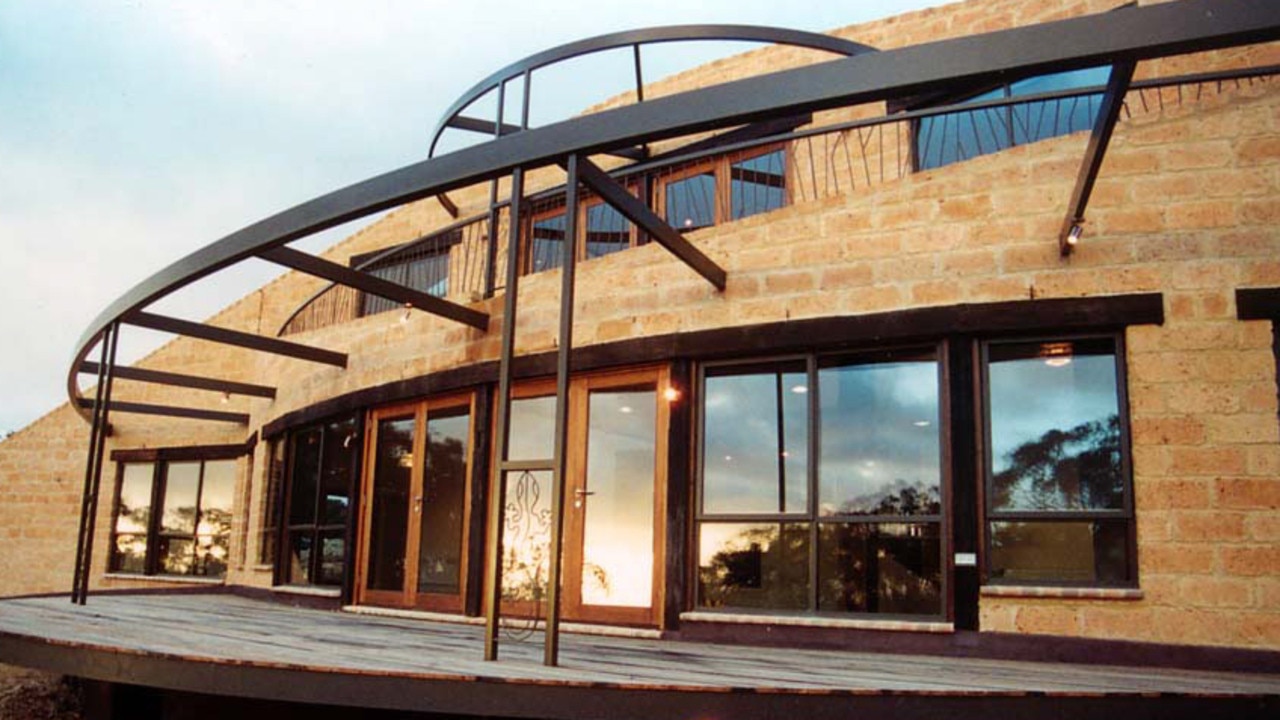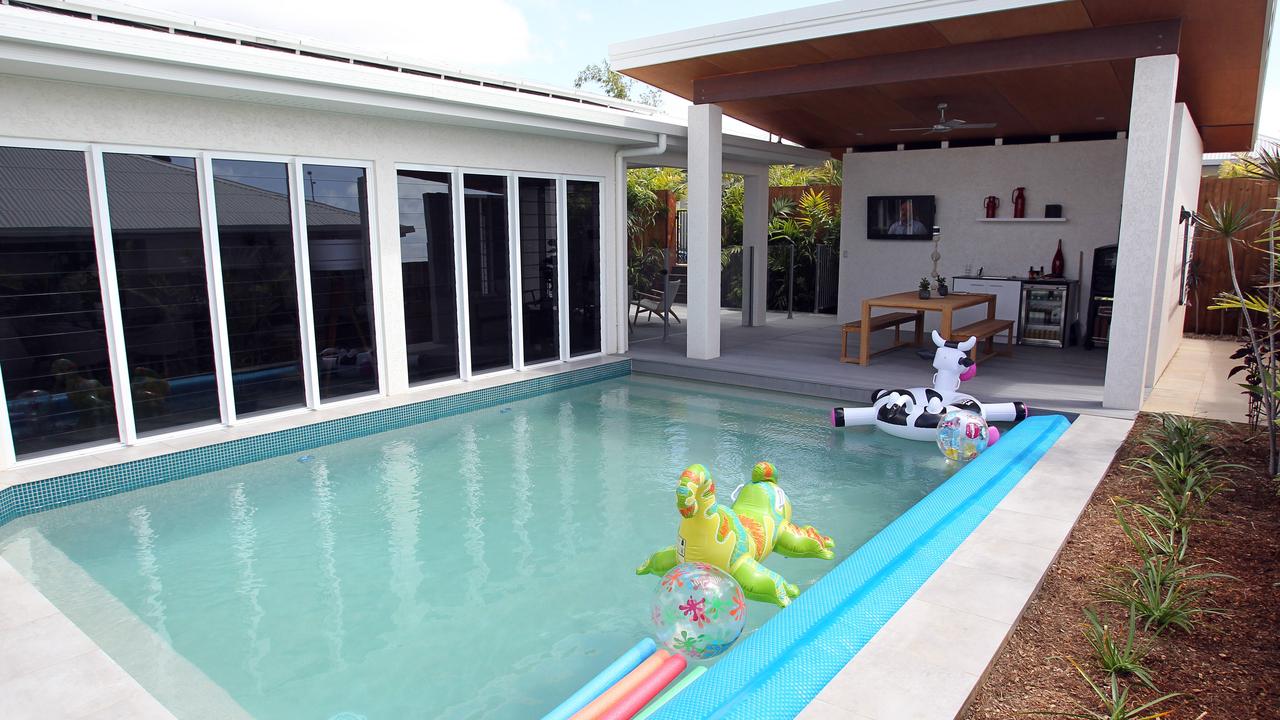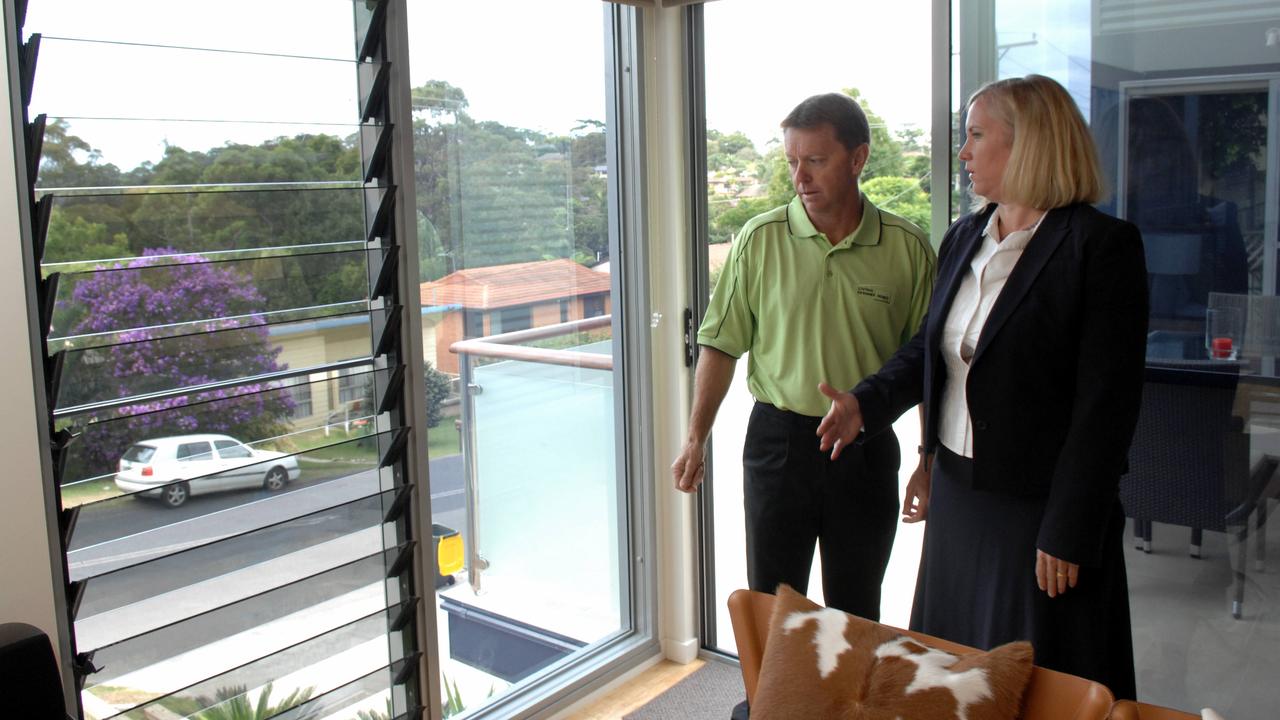Calls for Australian governments to introduce greater transparency for buyers, renters on home energy efficiency
Environmentally-conscious buyers and renters are being kept in the dark by a lack of government action, amid growing calls for change.

Australia’s real estate market needs to better meet the demands of buyers when it comes to concerns about climate change, according to one of the industry’s leading figures.
The growth of environmental consciousness and the increasing demand for sustainable properties is currently not being adequately met by the marketplace or regulators.
MORE: Market rebound hits new high
Mindblowing Versace ‘palace’ could be yours
Family pays just 46c a day for power
As a result, First National Real Estate CEO Ray Ellis is calling for greater transparency for buyers, and renters, when it comes to assessing the environmentally responsible merits, or otherwise of a new home.

Increasingly, environmentally-conscious consumers are seeking out properties that are sustainable and environmentally friendly but such information is difficult, even impossible, to uncover.
Mr Ellis has witnessed a huge rise in the number of buyers and renters who want to know how energy efficient a home is in a bid to lower their carbon footprint and save on energy costs.
He said environmentally-conscious prospective buyers and renters, who are also keeping a close eye on their spending habits, need to have such information readily available.
As such, he has called on state governments to urgently review their approach on energy efficient homes.

“Irrespective of your views on climate change, there is no denying resources are drying up and costing us in utility bills. As a result, we are seeing more and more home buyers and renters, of all ages, demanding properties with lower carbon footprints,” he said.
“Locally, Canberrans are leading the climate conscious charge with the disclosing of a property’s EER, which certainly makes it easier for home buyers to make an environmentally conscious property decision.”
The Australian Capital Territory is the only state or territory in Australia where a seller is obliged to reveal a home’s energy performance - The Energy Efficiency Rating or EER.
This helps buyers to compare a home’s passive energy performance characteristics with others for sale. When advertising to rent a dwelling, owners or investors must disclose the existing energy rating.
A number of countries have made it compulsory for sellers to acquire and disclose a home’s energy efficiency. However Australia has fallen behind.
Mr Ellis said such similar schemes need to be brought into use across Australia.
“The cost of energy is an issue for everybody and when you are buying or investing in a home, people want some certainty as to what those operating costs will be,” Mr Ellis said.

“That will affect and educate their buying decisions.”
Issues that can improve or affect a home’s efficiency rating include air flow, double glazing, gas heating as opposed to electricity, the right wiring for low energy light bulbs and what dwellings are built out of.
What is an Energy Efficiency Rating?
The ACT’s EER identifies how energy efficient a home is, and works in a similar manner to energy ratings on home products such as dishwashers, dryers and TVs.
Homes are rated using a system of zero to six stars. Dwellings with a higher EER are more cost and energy efficient, use less energy for heating and cooling, generate lower greenhouse gas emissions and are more comfortable.

The estimated difference in 10-year running costs from a zero-star house to a six-star house could be more than $30,000.
The requirement for buildings to have an Energy and Performance Certificate was introduced into England and Wales in 2007.

Sebastian James, a buyer’s agent with Hunter James said his clients would welcome access to better information on a home’s sustainability and energy costs.
“It is something that is commonplace in the UK, but unfortunately not here in Australia,” he said.
MORE: Huge Married at First Sight mansion sells for $12m
Man’s trick to get four homes with $50k
Stunning town selling homes for just $1.60

“People are becoming more and more conscious of these issues. With the recent bushfires, more and more people are asking ‘how can we do our part to help the environment?’.
“Those things that make a property more energy efficient, such as light and ventilation, are almost intangible until you are physically inside a property.
“They say people make a decision on whether they like a property in the first seven seconds they spend it in. The smell, the feel, the light, all those things do make a difference and as a seller you want to maximise those.
“Energy efficency ratings would be a really good move for those reasons and so owner/occupiers and investors can better understand and minimise the running costs of their homes.”
Mr Ellis said the move to efficiency certificates was needed to keep pace with the changing habits of all of us.

“For my generation, turning off the light when you were not in the room was being conscious of your energy costs. Nowaday, every home has six iPhones, two computers, another TV with Netfilx, so that demand for energy is huge and it makes for a much better buying decision if buyers have this information.”
Tasmania is one state to have encouraged residents to make their homes more energy efficient. Last year’s Tasmanian Energy Efficient Loan Scheme offered households the chance to buy energy efficient products through zero-interest loans.
Originally published as Calls for Australian governments to introduce greater transparency for buyers, renters on home energy efficiency



